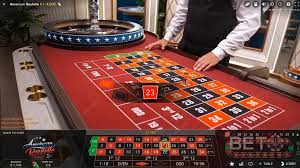Slot machines, often referred to as “slot dana” or “pokies” in different parts of the world, stand as icons of the modern gambling industry. These vibrant, flashing, and enticing games have become synonymous with casinos, attracting millions of players seeking both entertainment and the chance to strike it lucky.
Origins and Evolution
The history of slot machines traces back to the late 19th century. The first mechanical slot machine, known as the Liberty Bell, was invented by Charles Fey in 1895. It featured three spinning reels adorned with symbols like horseshoes, diamonds, spades, hearts, and a cracked Liberty Bell, giving rise to its name. Winning occurred when the reels aligned to reveal a specific combination.
Over time, technology evolved, leading to the introduction of electric machines and later, video slots. Today’s slots are a far cry from their humble beginnings, boasting vibrant graphics, immersive sound effects, and a myriad of themes ranging from ancient civilizations to pop culture.
How Slots Work
The fundamental principle behind slot machines remains constant. Players place a wager, activate the machine, and the reels spin, ultimately stopping to display a random combination of symbols. Payouts are determined by the specific combination shown and the corresponding paytable.


